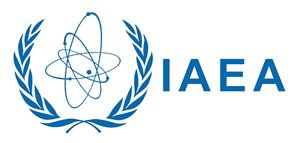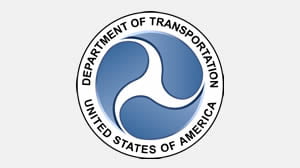RSS Feed Source: Academic Keys
Research Opportunities
Digital Architectures for the Digital Product Passport
Work description
State-of-the-art design. Specifying semantic models for managing data associated with the Digital Product Passport. Define reference architecture for traceability and dissemination of the Digital Product Passport. Development of PoC to support traceability processes and generation of DPP within a data ecosystem for the value chain. Test and pre-validate the PoC. Drawing up technical and scientific documentation.
Academic Qualifications
Degree in computer engineering or related field;
Minimum profile required
Graduation average of 14 or higher. Proficiency in Portuguese, both spoken and written.
Preference factors
Experience in software development. Knowledge of concepts related to modelling data for circularity. Knowledge of process modelling and BPMN notation. Knowledge of ontology development.
Maintenance stipend: € 1040.98, according to the table of monthly maintenance stipend for FCT grants , paid via bank transfer. Grant holders may be awarded potential supplements, according to a quarterly evaluation process (Articles 19, 21 and 22 of the Regulations for Grants of INESC TEC and Annex II), up to a maximum limit of 50% of the monthly maintenance stipend.
INESC TEC supports costs with registration, enrolment or tuition fees, during the grant duration, under the terms established in the internal document: “Payment of Tuition fees to grant holders”.
The grant holder will benefit from health insurance, supported by INESC TEC.
Application Period
Since 24 Jul 2025 to 06 Aug 2025
Centre
Enterprise Systems Engineering
Scientific Advisor
What we offer
Multicultural and collaborative environment A multicultural, international and collaborative environment that makes it easier to exchange ideas, work in networks and create synergies. International projects The possibility of working in international projects with some of the most important companies in the field. Mentoring Mentoring with the best researchers in the fields of electrical and industrial engineering, bioengineering, information technology and physics. Self Improvement The possibility of participating in international conferences, workshops, seminars and vocational training. Other Benefits and Perks Flexible working time, health insurance, discounts in hotels, transportation, etc. Informal Events Annual informal events, such as the multicultural party.
For more information: Click Here
Click this link to continue reading the article on the source website.



